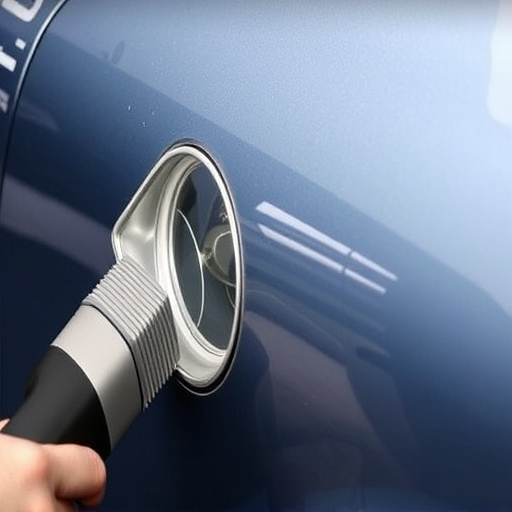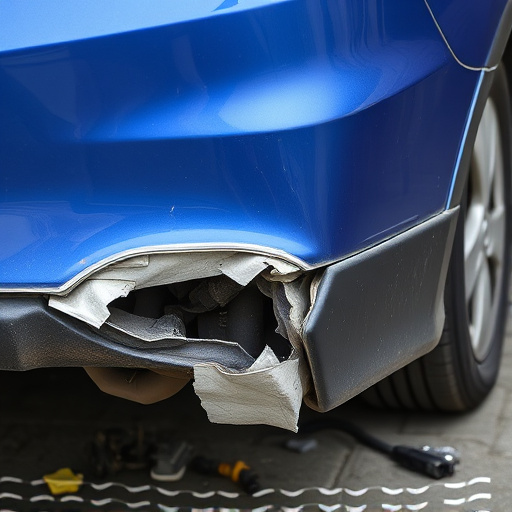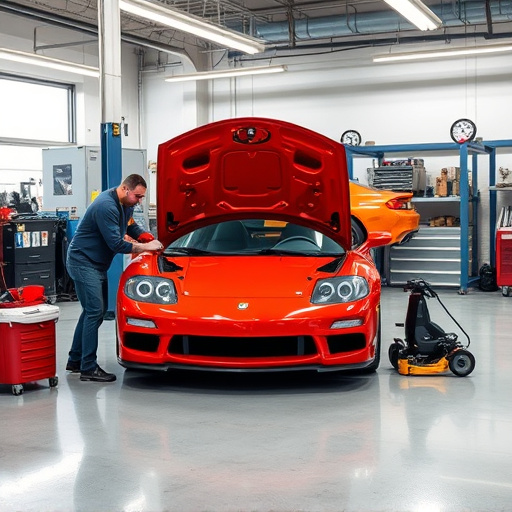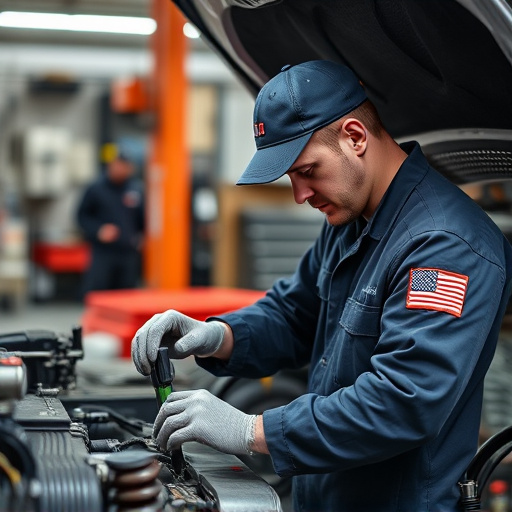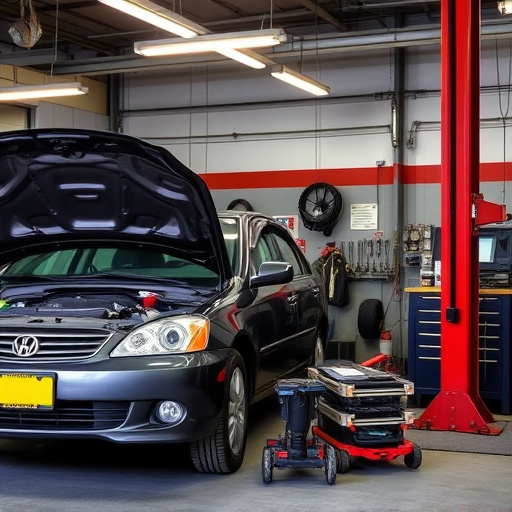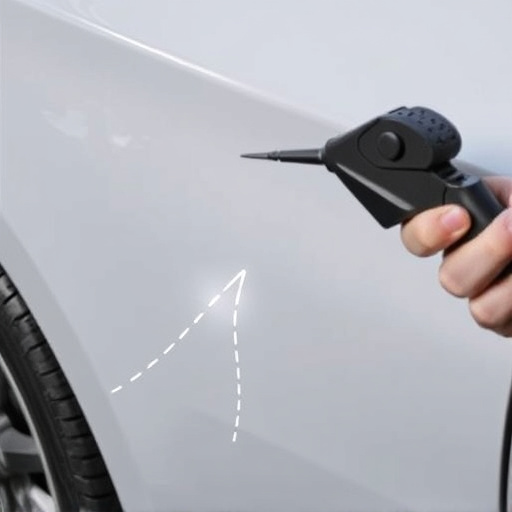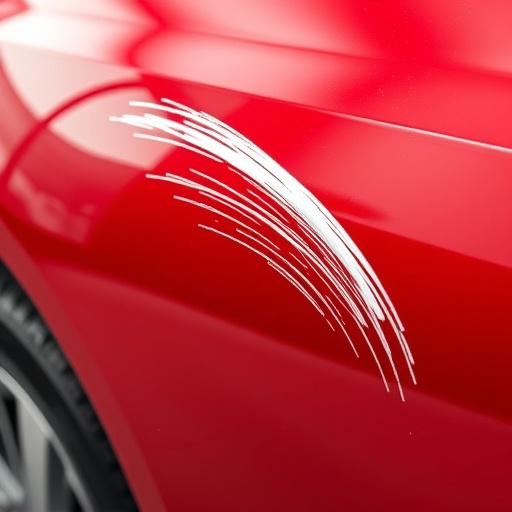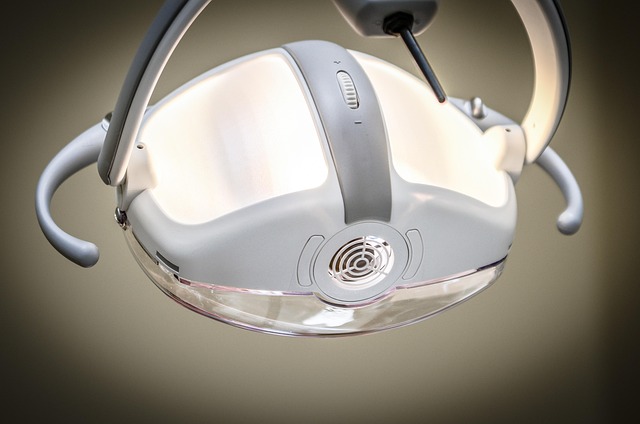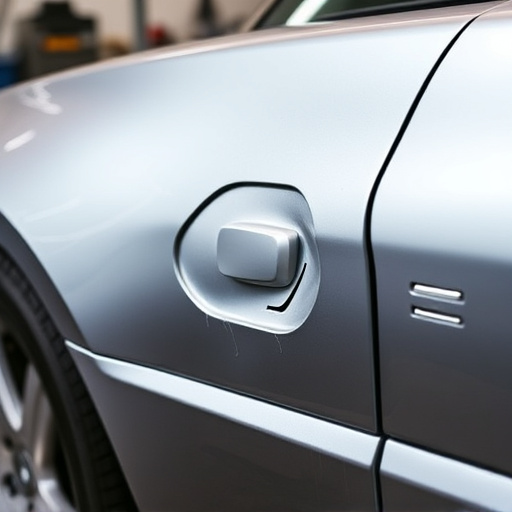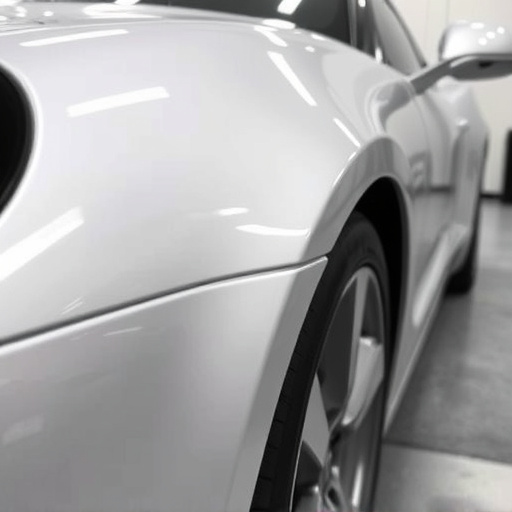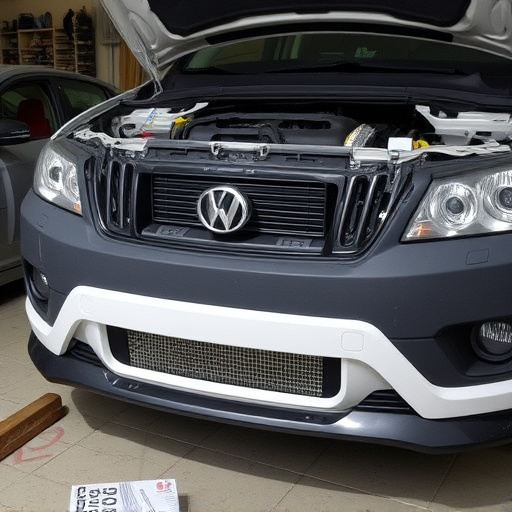Frame repair technology has revolutionized automotive restoration, especially for intricate unibody frames. Advanced tools like laser scanning, 3D printing, robotic welding, and sophisticated software enable precise measurements, analysis, and modifications, ensuring structural integrity and enhancing aesthetics. This modern approach streamlines frame repairs, reduces restoration times and costs, and is particularly beneficial in car bodywork services, offering quicker, more efficient results while maintaining vehicle structural soundness.
Frame repair technology is transforming complex unibody frame restorations, opening new frontiers in automotive restoration. Unibody frames, with their intricate designs and advanced materials, present unique challenges. Advanced repair techniques, driven by precision and innovation, leverage cutting-edge frame repair technology to streamline processes, enhance accuracy, and ensure structural integrity. This article explores these developments, focusing on how technology is revolutionizing the restoration landscape for even the most complex unibody frames.
- Unibody Frames: Complex Restorations' New Frontier
- Advancing Repair Techniques: Precision and Innovation
- Technology's Role: Streamlining Restoration Processes
Unibody Frames: Complex Restorations' New Frontier
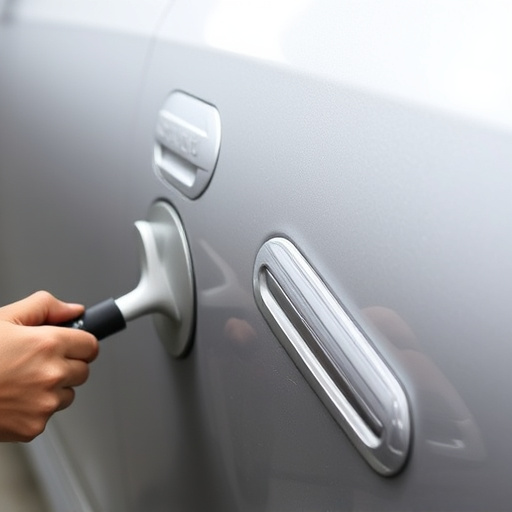
Unibody frames represent a significant shift in automotive design, with their intricate, integrated structures requiring specialized and precise restoration techniques. This new frontier in complex restorations demands innovative solutions, which is where cutting-edge frame repair technology steps in as a game-changer. Traditional autobody repairs are no longer sufficient for unibody frames; they need advanced tools and methods to handle the subtle adjustments and structural integrity required.
Frame repair technology has evolved to meet these challenges, offering state-of-the-art solutions for automotive restoration enthusiasts and professionals alike. From laser scanning and 3D printing to robotic welding and advanced software, these technologies enable precise fender repair and meticulous customization. By leveraging such advancements, restorers can now expertly address dents, cracks, and other damages, ensuring that each unibody frame is restored to its original integrity and beauty, making the once daunting task of complex restorations more accessible and efficient.
Advancing Repair Techniques: Precision and Innovation
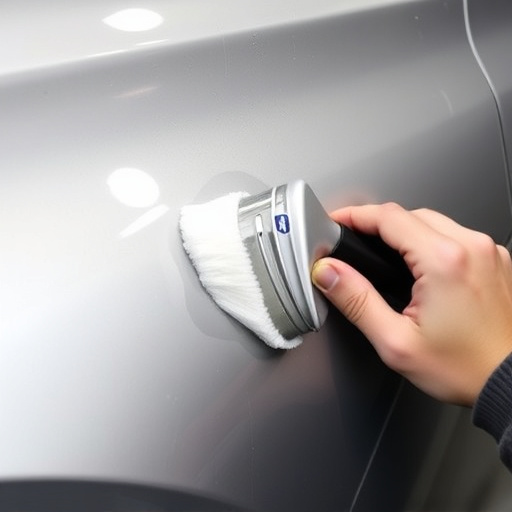
In the realm of automotive restoration, frame repair technology has emerged as a game-changer, revolutionizing how complex unibody frame damages are addressed. The traditional methods of collision repair have evolved to incorporate precision and innovation, pushing the boundaries of what’s possible in restoring vehicles to their pre-incident condition. Modern tools and techniques now enable auto body shops to precisely measure, analyze, and modify vehicle frames with unparalleled accuracy, ensuring structural integrity while enhancing overall aesthetics.
This advanced frame repair technology goes beyond simple hail damage repair or auto glass replacement. It involves sophisticated equipment that can detect even subtle discrepancies in the frame’s alignment and shape. By leveraging innovative software and specialized machinery, technicians can now meticulously straighten bent frames, replace damaged sections with custom-fitted parts, and achieve a seamless finish. This level of sophistication not only quickens the restoration process but also guarantees lasting results, making these advanced repair techniques a cornerstone of today’s collision repair industry.
Technology's Role: Streamlining Restoration Processes
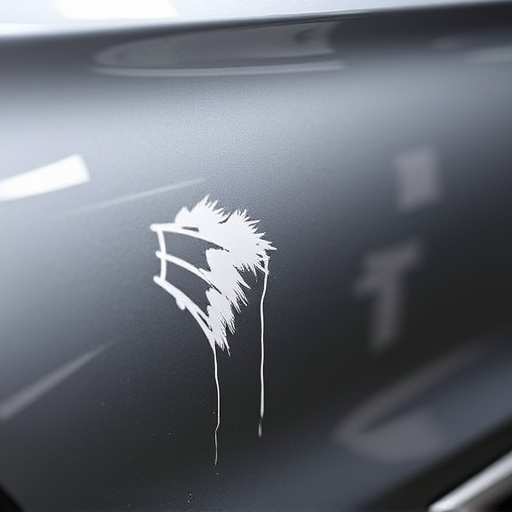
The advent of advanced frame repair technology has revolutionized the landscape of auto body repairs, particularly for complex unibody frames. This innovative technology plays a pivotal role in streamlining restoration processes, ensuring precision and efficiency in every step. By employing state-of-the-art equipment and sophisticated software, auto collision centers can now accurately assess and measure damaged components, facilitating precise reconstruction with minimal waste.
This transformation is particularly evident in car bodywork services where frame repairs were once labor-intensive and time-consuming. Modern frame repair technology enables technicians to quickly identify and isolate specific damage areas, allowing for targeted repairs rather than replacing entire sections. Consequently, restoration times are significantly reduced, and costs are minimized without compromising the structural integrity of the vehicle.
Frame repair technology plays a pivotal role in navigating complex unibody frame restorations, offering precision and innovation that streamline restoration processes. By leveraging advanced techniques, professionals can now expertly address even the most intricate damage, ensuring vehicles return to their original state with enhanced structural integrity. This technological advancement promises a brighter future for automotive restoration, making it an indispensable tool in the industry.
